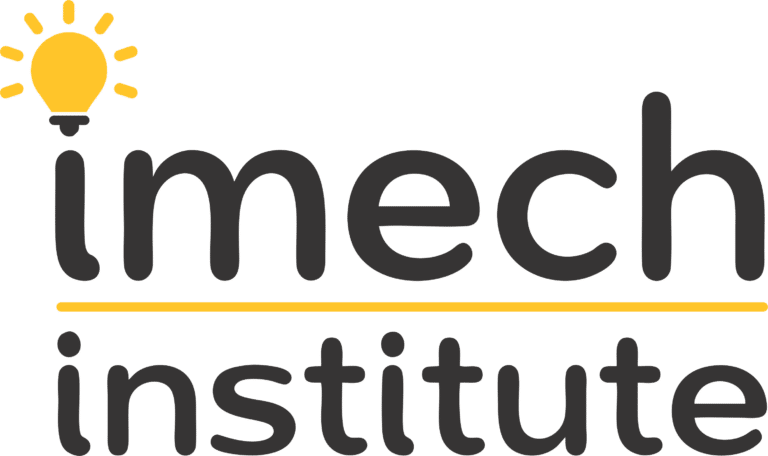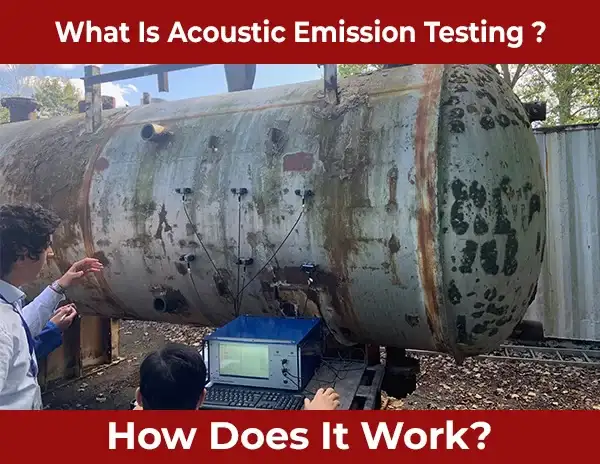Mastering QAQC: Your Essential Guide to Ensuring Quality in Mechanical Engineering Projects
In the world of mechanical engineering, ensuring the quality of products and projects is paramount. From manufacturing processes to infrastructure development, maintaining high standards of quality is crucial for success. However, achieving and maintaining this quality requires a thorough understanding of Quality Assurance and Quality Control (QAQC) principles and practices.
Understanding QAQC: Demystifying the Basics
Quality Assurance (QA) and Quality Control (QC) are two interconnected aspects of ensuring product quality in mechanical engineering projects. QA focuses on establishing and maintaining processes to ensure that products meet specified requirements, while QC involves activities such as inspection and testing to verify that products meet quality standards.
Defining Quality Assurance (QA) and Quality Control (QC)

QA encompasses the processes and procedures put in place to ensure that products consistently meet quality standards. It involves establishing quality objectives, defining processes, and implementing measures to monitor and improve quality throughout the project lifecycle.
Uncertainty about the differences between QA and QC
Understanding the distinction between QA and QC is essential for effective quality management in mechanical engineering projects. While QA focuses on preventing defects by implementing processes and procedures, QC involves detecting and correcting defects through inspection and testing.
Exploring the Role of QAQC in Ensuring Product Quality
In mechanical engineering projects, QAQC plays a critical role in ensuring that products meet specified requirements and standards. By implementing robust QAQC processes, engineers can minimize the risk of defects, improve product reliability, and enhance customer satisfaction.
Struggles with maintaining consistent quality standards
One of the key challenges faced by mechanical engineers is maintaining consistent quality standards throughout the project lifecycle. This requires implementing standardized processes, conducting regular inspections, and continuously monitoring and improving quality.
Highlighting the Impact of QAQC on Project Success
The successful implementation of QAQC processes can have a significant impact on the overall success of mechanical engineering projects. By ensuring that products meet quality standards and specifications, engineers can minimize rework, reduce costs, and deliver projects on time and within budget.
Concerns about project reliability and compliance
Mechanical engineers often face challenges related to project reliability and compliance with industry standards and regulations. Implementing robust QAQC processes can help address these concerns by ensuring that products meet quality requirements and comply with relevant regulations.
Key Components of QAQC Processes
Quality Assurance (QA) and Quality Control (QC) encompass various processes and techniques aimed at ensuring product quality in mechanical engineering projects. Let’s delve into some key components of QAQC processes:
Establishing Quality Standards and Procedures
One of the fundamental aspects of QAQC is establishing quality standards and procedures. This involves defining quality objectives, specifying requirements, and documenting processes to ensure consistency and adherence to standards throughout the project lifecycle.
Lack of standardized processes leading to inconsistency
Many mechanical engineering projects suffer from inconsistencies in quality due to the absence of standardized processes and procedures. By establishing clear quality standards and procedures, engineers can ensure that products meet specified requirements and quality expectations.
Implementing Effective Document Control and Management
Document control and management are essential aspects of QAQC in mechanical engineering projects. This involves maintaining accurate and up-to-date documentation of specifications, procedures, and records of quality-related activities.
Challenges in managing documentation and version control
Managing documentation and version control can be a daunting task for mechanical engineers, especially in large-scale projects with multiple stakeholders. Implementing effective document control and management systems can streamline processes and ensure that everyone has access to the latest information.
Training and Qualification of Personnel
Ensuring that personnel are adequately trained and qualified is critical for the successful implementation of QAQC processes. This involves providing training on quality standards, procedures, and tools, as well as ensuring that personnel have the necessary skills and competencies to perform their roles effectively.
Difficulty in ensuring team competency and skill development
Mechanical engineering teams often face challenges related to team competency and skill development in QAQC processes. Providing comprehensive training and development opportunities can help address these challenges and ensure that teams have the knowledge and skills needed to implement QAQC effectively.
Practical Techniques for QAQC Implementation
Implementing QAQC in mechanical engineering projects requires practical techniques and methodologies to ensure product quality. Let’s explore some practical techniques for QAQC implementation:
Inspection and Testing Methods
Inspection and testing are essential components of QC in mechanical engineering projects. This involves visually inspecting products for defects, conducting tests to verify functionality and performance, and analyzing results to identify areas for improvement.
Issues with identifying and addressing defects
Identifying and addressing defects in mechanical engineering projects can be challenging, especially when relying solely on visual inspection. Implementing robust inspection and testing methods can help detect defects early and prevent costly rework later in the project lifecycle.
Non-Destructive Testing (NDT) Techniques
Non-Destructive Testing (NDT) techniques are valuable tools for evaluating the integrity and properties of materials without causing damage. This includes techniques such as ultrasonic testing, radiographic testing, and magnetic particle testing, which can be used to detect flaws and defects in materials and components.
Concerns about damage assessment and risk mitigation
Assessing the integrity of materials and components without causing damage is a common concern in mechanical engineering projects. NDT techniques provide non-invasive methods for evaluating material properties and detecting defects, helping engineers make informed decisions about product quality and safety.
Statistical Process Control (SPC) for Continuous Improvement
Statistical Process Control (SPC) is a powerful tool for monitoring and controlling quality in mechanical engineering projects. SPC involves collecting and analyzing data from manufacturing processes to identify variations and trends, allowing engineers to make informed decisions and take corrective actions as needed.
Struggles with maintaining consistent quality levels over time
Maintaining consistent quality levels over time is a common challenge in mechanical engineering projects. By implementing SPC techniques, engineers can monitor process performance, identify deviations from the desired quality standards, and implement corrective actions to prevent defects and improve process efficiency.
Corrective and Preventive Actions (CAPA)
Corrective and Preventive Actions (CAPA) are essential components of QAQC processes in mechanical engineering projects. CAPA involves identifying and addressing root causes of quality issues, implementing corrective actions to prevent recurrence, and implementing preventive measures to avoid future problems.
Dealing with recurring issues and preventing future occurrences
Dealing with recurring quality issues can be frustrating for mechanical engineers, leading to delays, rework, and increased costs. Implementing CAPA processes allows engineers to address the root causes of quality issues, prevent recurrence, and improve overall process efficiency and product quality.
Benefits and Challenges of Implementing QAQC

Implementing QAQC processes in mechanical engineering projects offers numerous benefits, but it also comes with its challenges. Let’s explore some of the benefits and challenges associated with QAQC implementation:
Exploring the Benefits of QAQC in Mechanical Engineering Projects
QAQC implementation offers several benefits for mechanical engineering projects, including:
Improved product reliability and performance
Reduction in defects and rework
Cost savings through efficient processes
Enhanced customer satisfaction and trust
Addressing Audience Pain Point: Lack of understanding about the potential benefits of QAQC
Many mechanical engineers may underestimate the benefits of implementing QAQC processes in their projects. By highlighting the tangible benefits, engineers can gain a better understanding of the value QAQC brings to their projects and organizations.
Addressing Common Challenges in QAQC Implementation
While QAQC implementation offers significant benefits, it also presents challenges that engineers must overcome, including:
Resistance to change from team members
Lack of resources and support from management
Complexity of implementing new processes and technologies
Addressing Audience Pain Point: Overcoming obstacles and roadblocks in the QAQC journey
Navigating the challenges of QAQC implementation can be daunting for mechanical engineers. By sharing strategies and best practices for overcoming common obstacles, engineers can gain confidence and support in their QAQC journey.
Real-World Case Studies and Examples

To provide practical insights into the implementation of QAQC in mechanical engineering projects, let’s explore some real-world case studies and examples:
Case Study 1: Automotive Manufacturing
In the automotive industry, ensuring product quality is critical to maintaining customer satisfaction and safety standards. By implementing rigorous QAQC processes, leading automotive manufacturers have been able to minimize defects, improve product reliability, and enhance brand reputation.
For example, Toyota, known for its Toyota Production System (TPS), emphasizes continuous improvement and defect prevention through robust QAQC practices. By empowering employees to identify and address quality issues at the source, Toyota has been able to achieve high levels of product quality and efficiency.
Case Study 2: Aerospace Engineering
In the aerospace industry, where safety is paramount, QAQC plays a crucial role in ensuring the reliability and performance of aircraft and spacecraft components. Organizations such as Boeing and Airbus implement stringent QAQC processes throughout the manufacturing and assembly process to meet regulatory requirements and industry standards.
For instance, Boeing’s 787 Dreamliner program incorporates advanced inspection and testing techniques, including Non-Destructive Testing (NDT) and Statistical Process Control (SPC), to ensure the quality and integrity of aircraft components. By leveraging cutting-edge technologies and best practices in QAQC, Boeing has been able to deliver innovative and reliable aircraft to its customers.
Looking Ahead: Future Trends and Innovations in QAQC
As technology continues to advance, the field of QAQC in mechanical engineering is also evolving. Some emerging trends and innovations include:
Adoption of Artificial Intelligence (AI) and Machine Learning (ML) for predictive maintenance and quality control
Integration of Internet of Things (IoT) devices for real-time monitoring and data analysis
Implementation of digital twins for virtual testing and simulation of products and processes
These technologies hold the potential to revolutionize QAQC practices in mechanical engineering, enabling engineers to achieve higher levels of quality, efficiency, and innovation in their projects.
In conclusion,
mastering QAQC is not just about meeting quality standards—it’s about delivering products and projects that exceed expectations, inspire confidence, and drive success in the field of mechanical engineering. By embracing the principles and practices of QAQC, engineers can unlock new opportunities for growth, innovation, and excellence in their professional endeavors.





